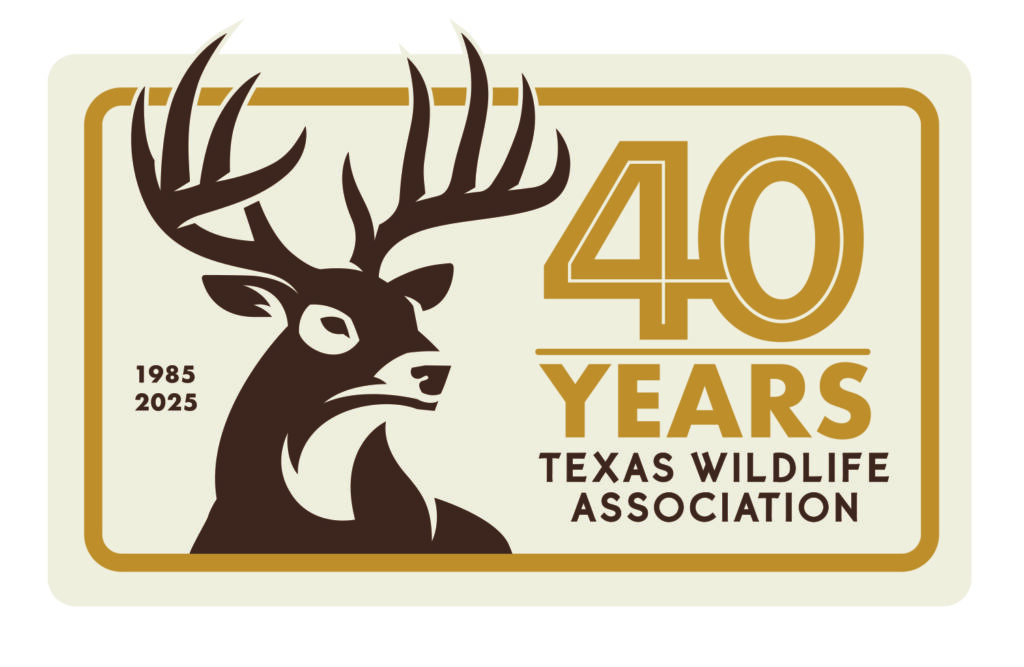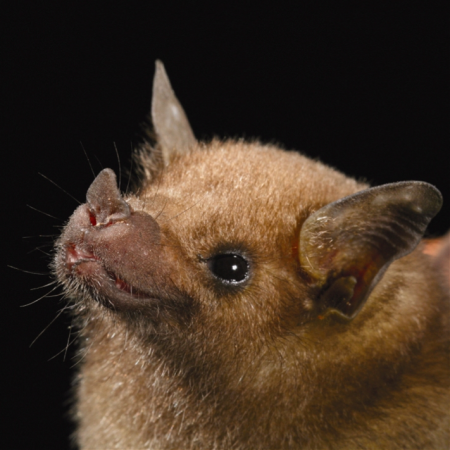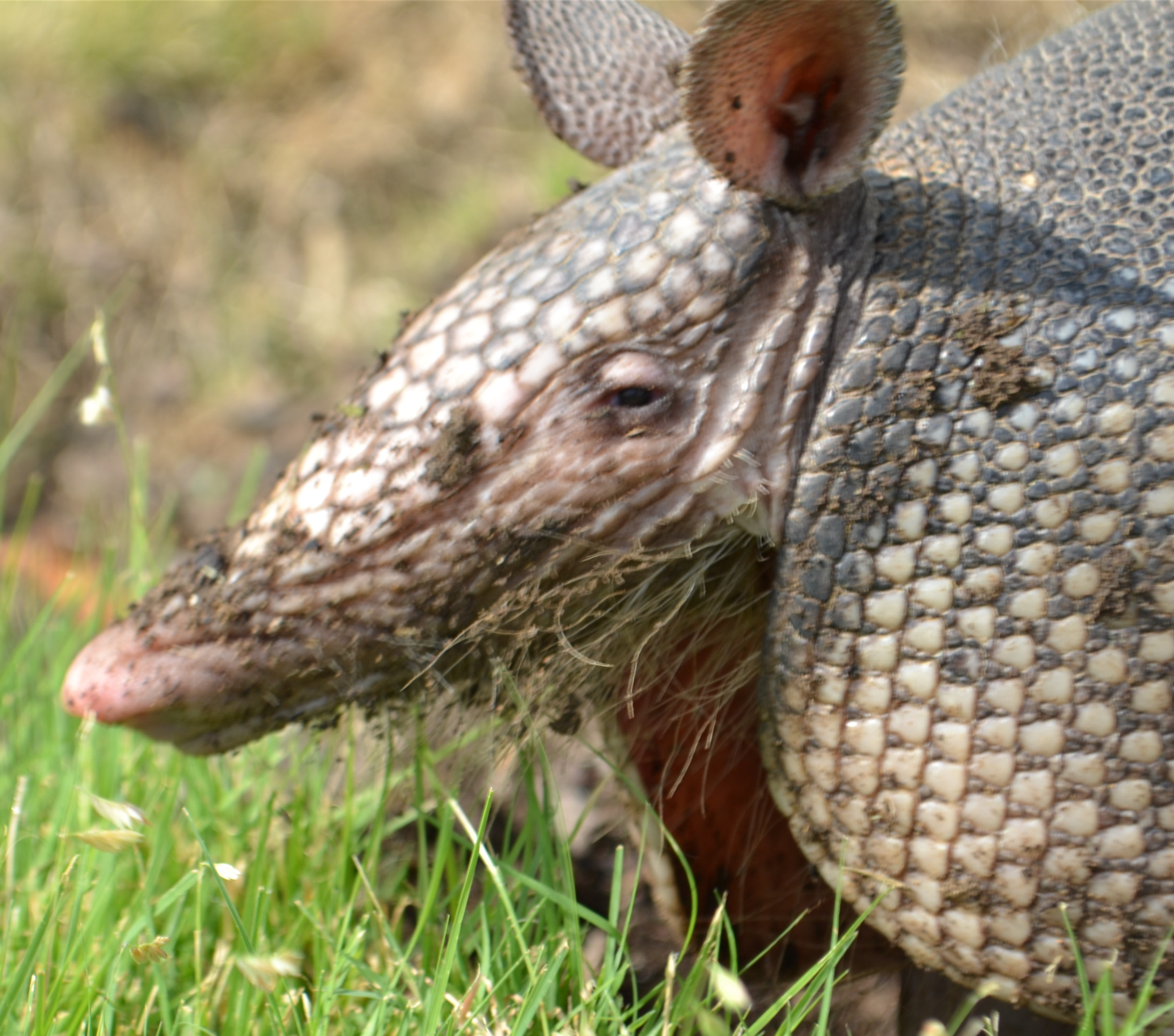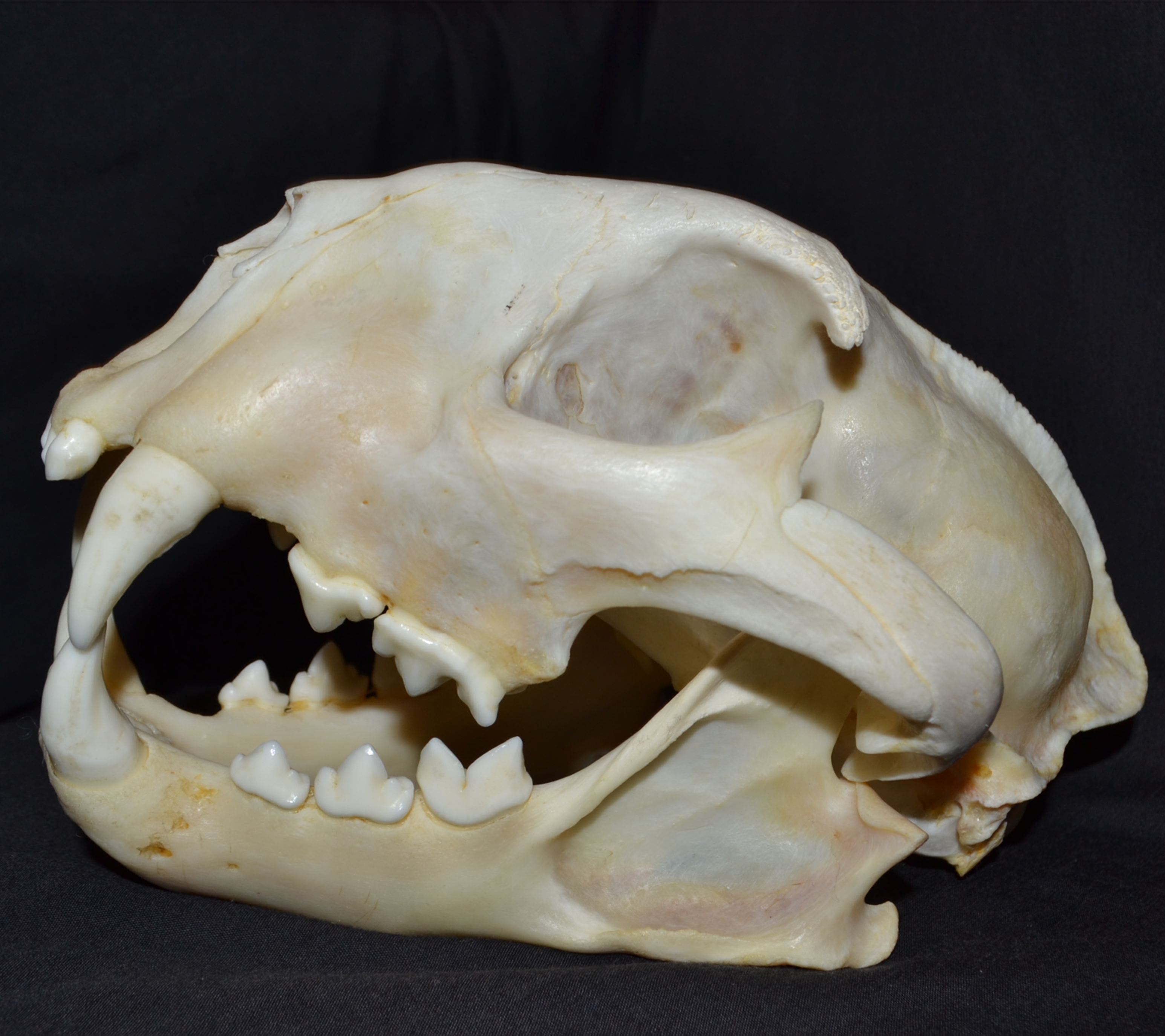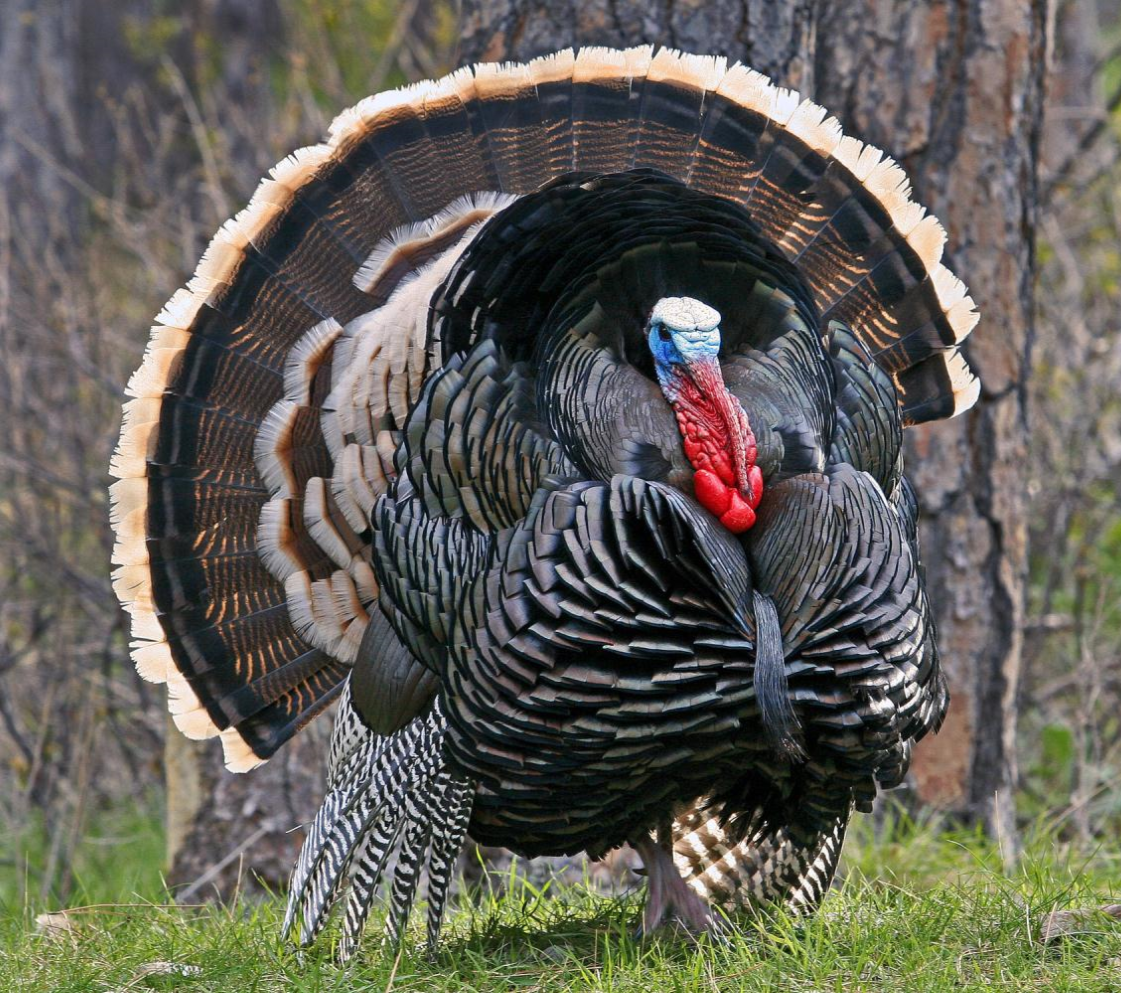Dianne from Austin Bat Refuge introduces several bats, including a pair of eastern red bats, an evening bat, and Riley the Mexican free-tailed bat. Bats are one of the most widely distributed groups of mammals in the world due largely in part to their ability to fly. There are over 1,300 species of bat in the world, 47 of which live in the United States and 34 found in Texas. Bats occupy every area on earth except polar regions and extremely remote islands and come in all different shapes, sizes, and colors.
